The Difference Between Quick Freezing and Slow Freezing: Which is Best for Fishery Products
By. Ely Kusniawati - 29 Aug 2025.jpg)
Kelolalaut.com Cold chain logistics—specialized refrigerated systems—are essential to keep seafood safe during transportation. Whether by truck, ship, or airplane, seafood travels under strict temperature control until it reaches wholesalers, markets, or restaurants. This stage highlights the importance of technology in the seafood industry. Without cold chain systems, seafood would spoil long before reaching consumers.
1. Quick Freezing (Blast Freezing)
Quick freezing is a food preservation method, particularly for fishery products, that lowers the product’s temperature to its freezing point in a very short time. This process uses very low-temperature air (typically –30°C to –40°C) and a strong airflow, allowing the product’s core temperature to reach –18°C or lower in less than 2 hours.
Purpose of Quick Freezing
a. Inhibits microbial growth → Very low temperatures can stop the activity of bacteria, mold, and yeast.
b. Maintains quality → Quick freezing makes the ice crystals that form smaller so they don’t damage the fish/shrimp meat.
c. Extends shelf life → Frozen products can last for months without losing nutritional quality or flavor.
d. Maintains texture and freshness → Unlike slow freezing, which damages cells due to large ice crystals.
Benefits of Fast Freezing
a. Organoleptic qualities (color, aroma, taste) are maintained.
b. Minimal nutrient loss.
c. Texture is more intact upon thawing.
d. Safe from microb;ial contamination.
Quick Freezing Method
a. Air Blast Freezer → Uses rapidly circulating cold air.
b. Contact Plate Freezer → Products are placed between extremely cold metal plates.
c. Cryogenic Freezing → Uses liquid nitrogen or liquid carbon dioxide.
Application Examples
a. Fish fillets, shrimp, squid, and other seafood for export.
b. Processed products such as fish nuggets or surimi.
In conclusion, fast freezing is very important in the fisheries and food industry because it can maintain the quality, safety, and shelf life of the product optimally.
2. Slow Freezing
Slow freezing is a method of freezing food by gradually lowering the temperature of the product until it freezes, typically over 3 – 72 hours. The temperature used is generally around –15°C to –18°C, with the rate of temperature reduction slower than flash freezing.
Characteristics of Slow Freezing
a. Long freezing time (hours to days).
b. Large ice crystals form.
c. Ice crystals form between tissue cells, which can damage the meat’s structure.
d. This is generally done in cold storage or a household freezer.
Advantages
a. The equipment is relatively simple and inexpensive.
b. Suitable for household storage.
c. Doesn’tt require as much energy as flash freezing.
Disadvantages
a. Destroys texture: Large ice crystals puncture cell walls, causing meat to become mushy after thawing.
b. Greater nutrient loss due to the escape of cellular fluid during thawing (drip loss).
c. Sensory quality (color, flavor, aroma) declines more rapidly than flash freezing.
d. Shelf life is not as long as flash-frozen products.
Application Examples
a. Refrigerator
b. Cold Storage
In conclusion, slow freezing is simpler and cheaper, but the product quality is lower than fast freezing.
If youre interested in our Halibut Fillet Skinless please do not hesitate to contact us through email and/or whatsapp

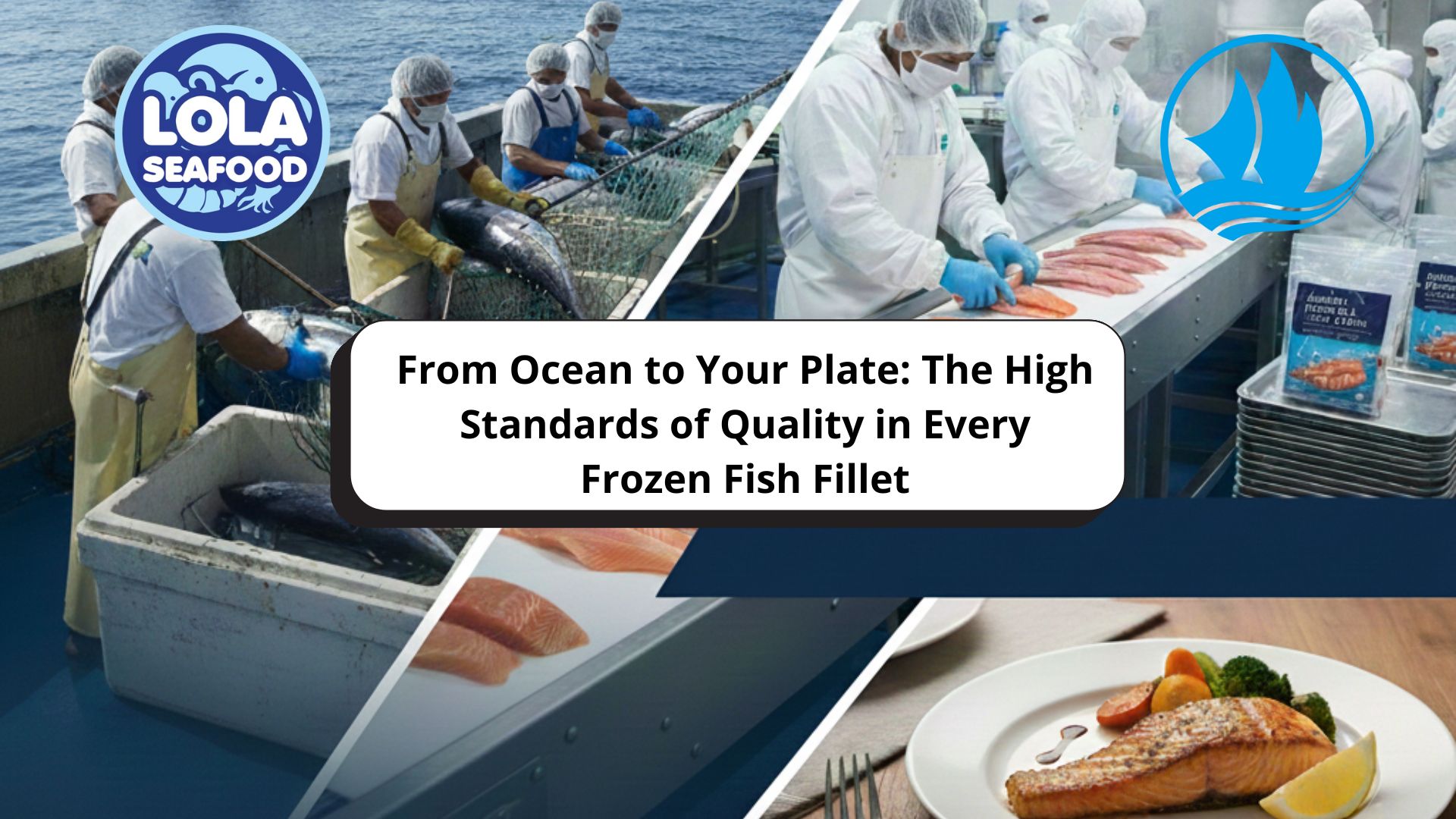
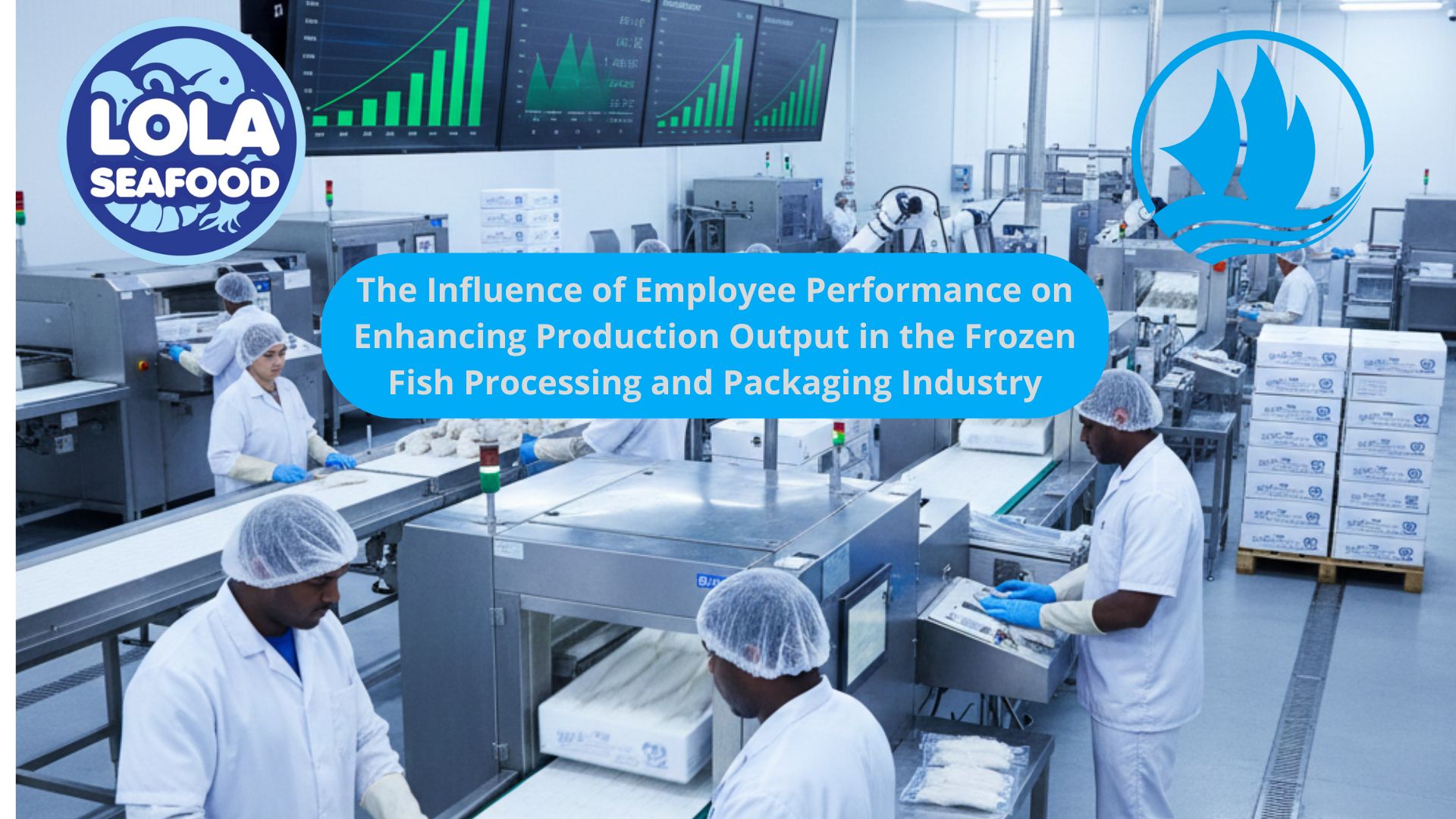
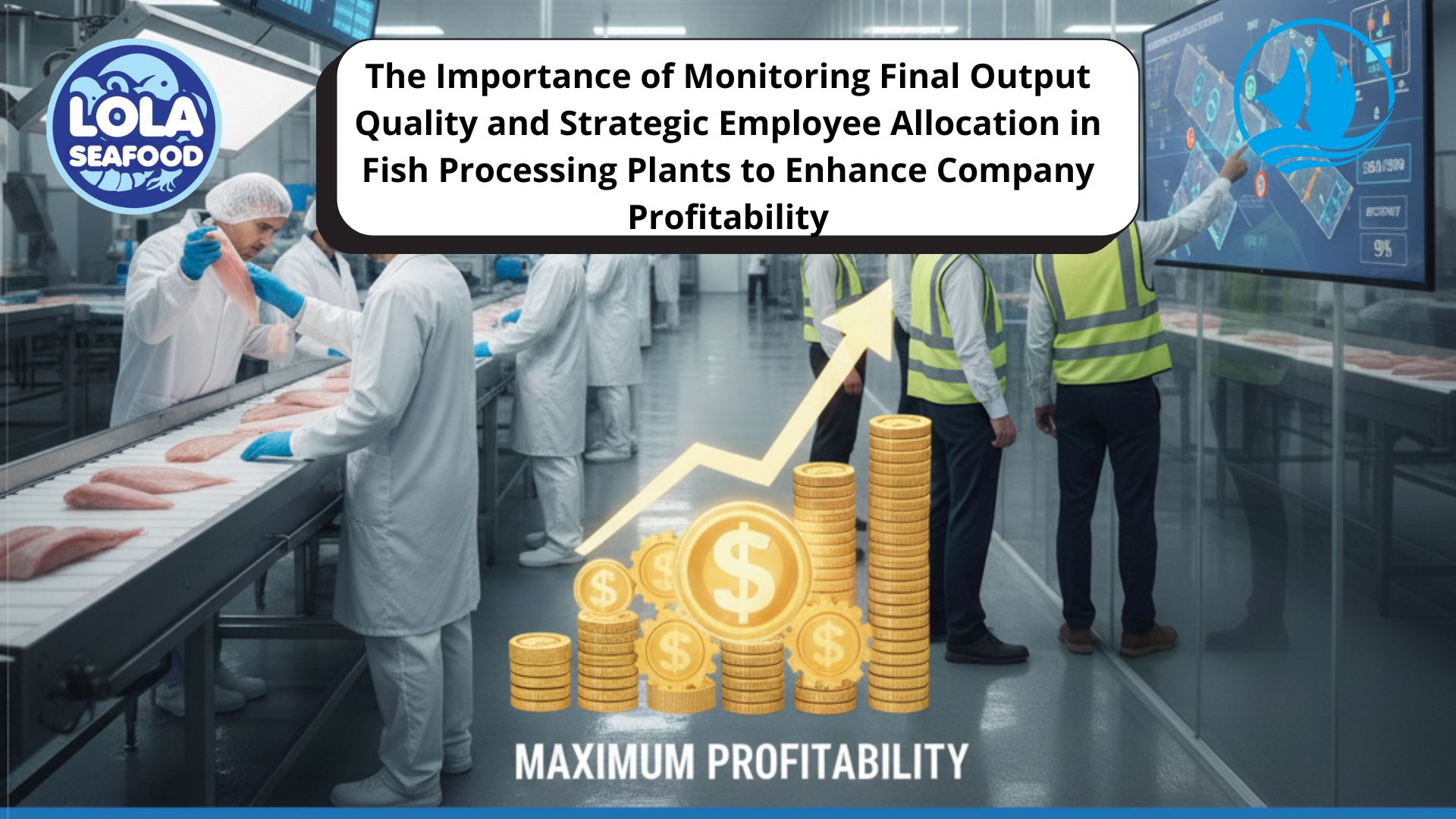
.jpg)
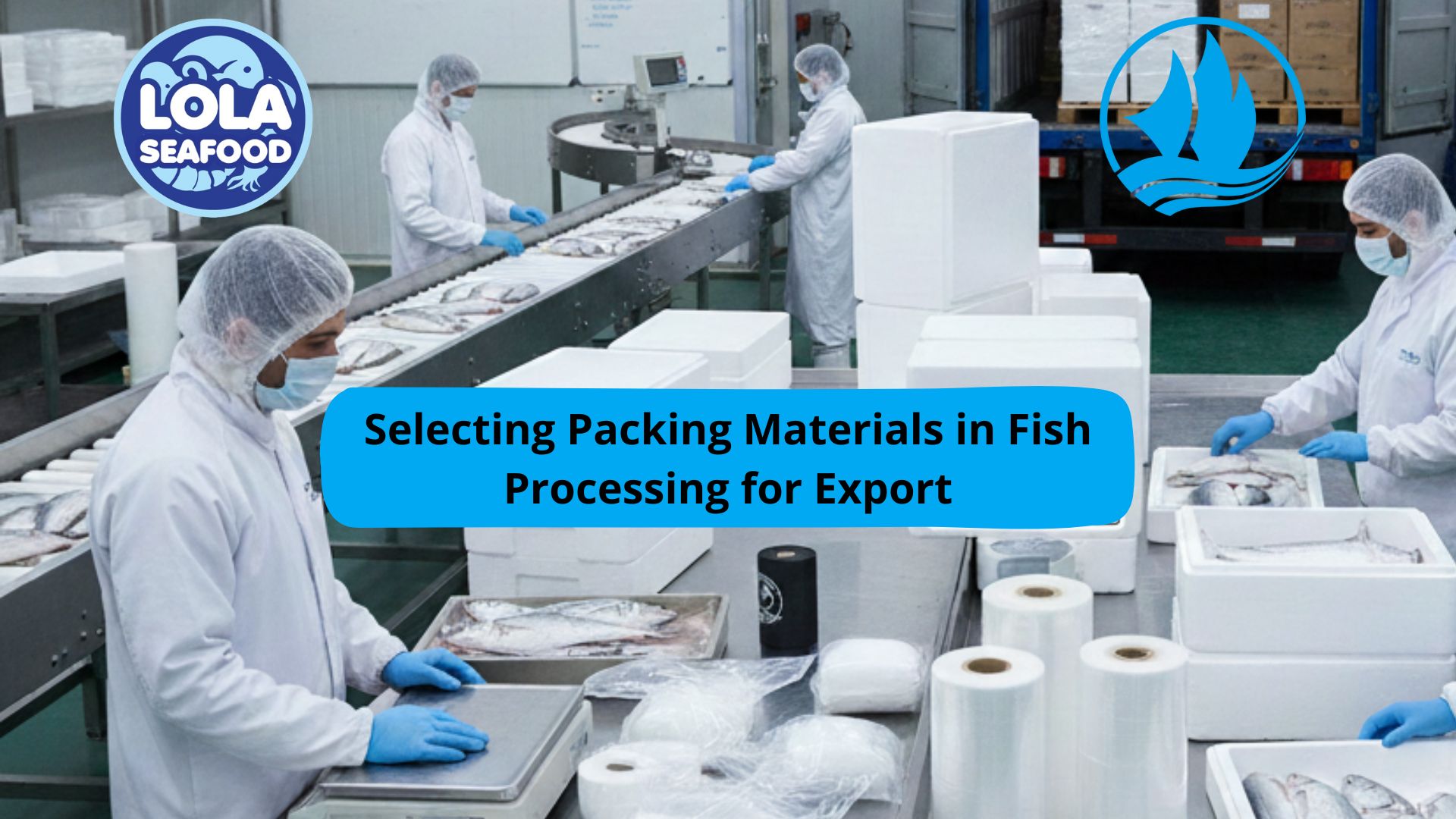
.jpg)
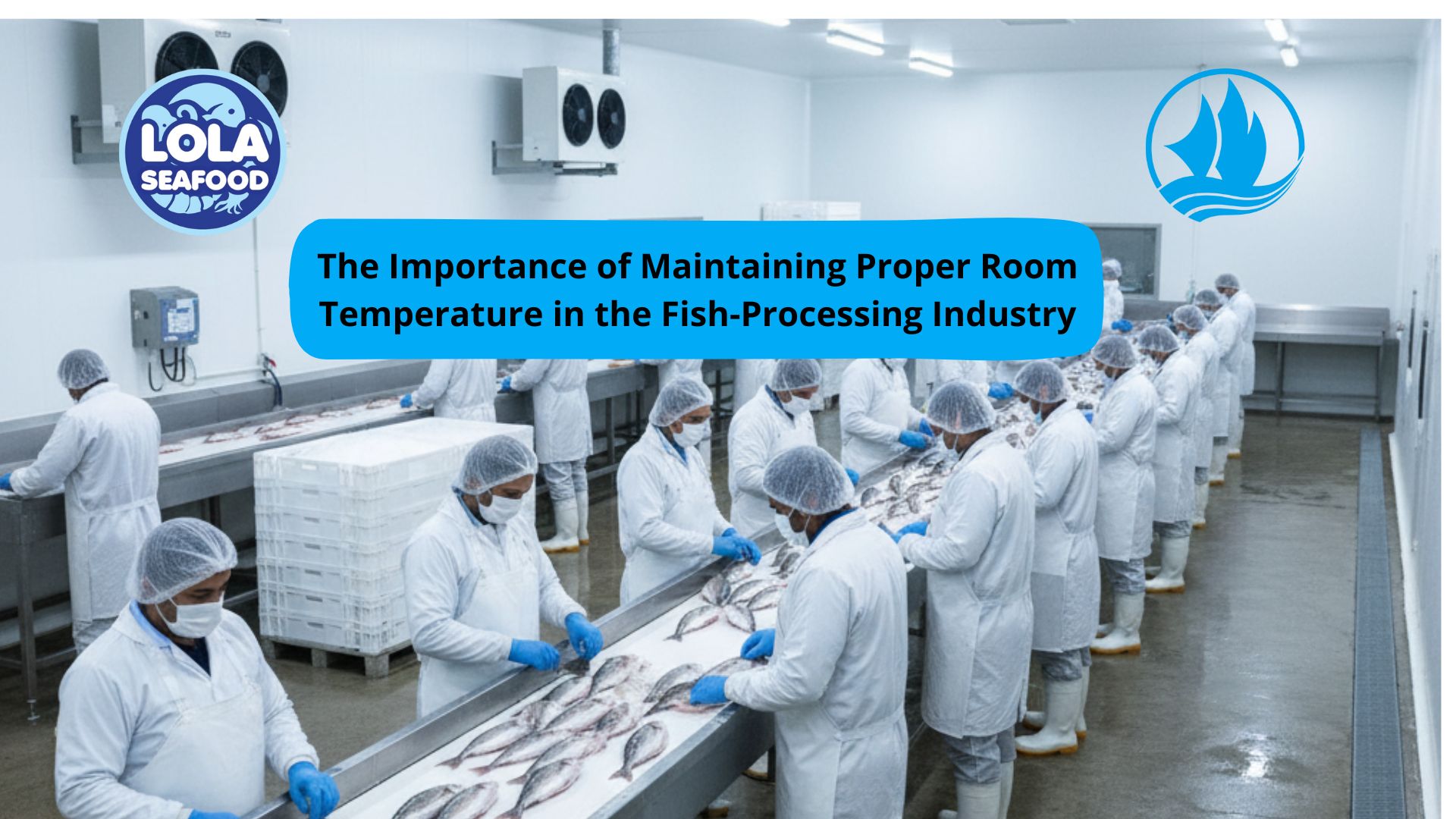
.jpg)